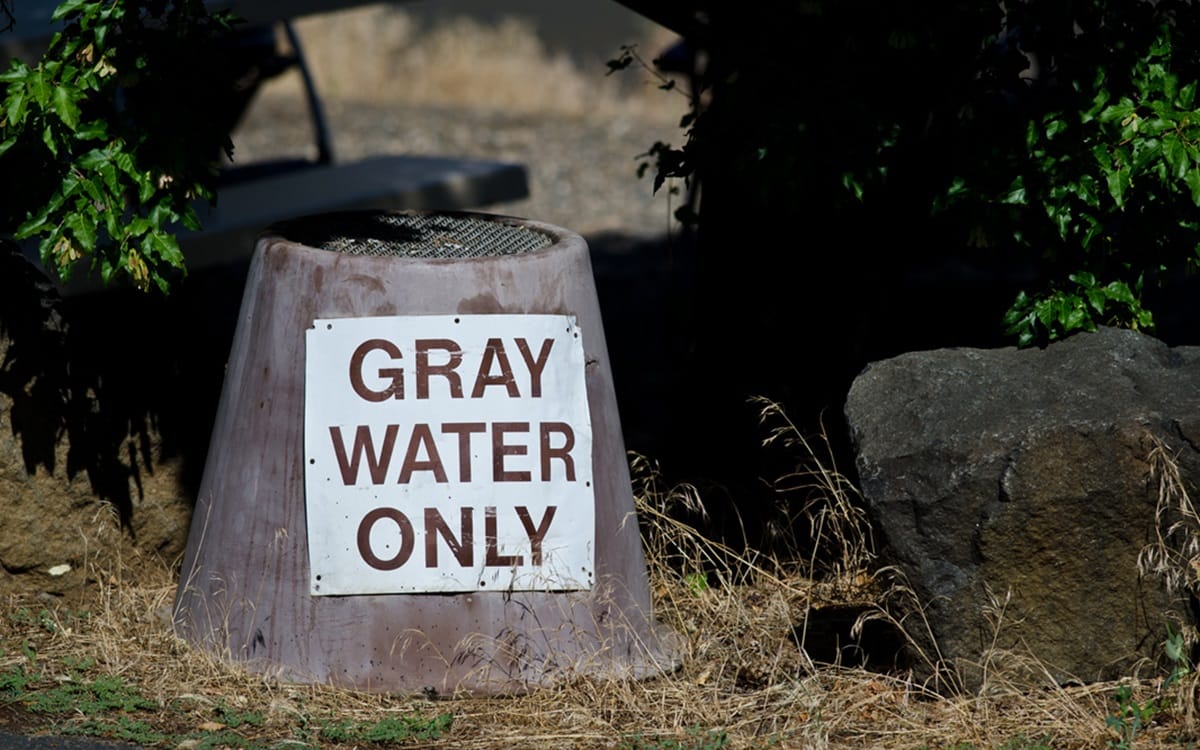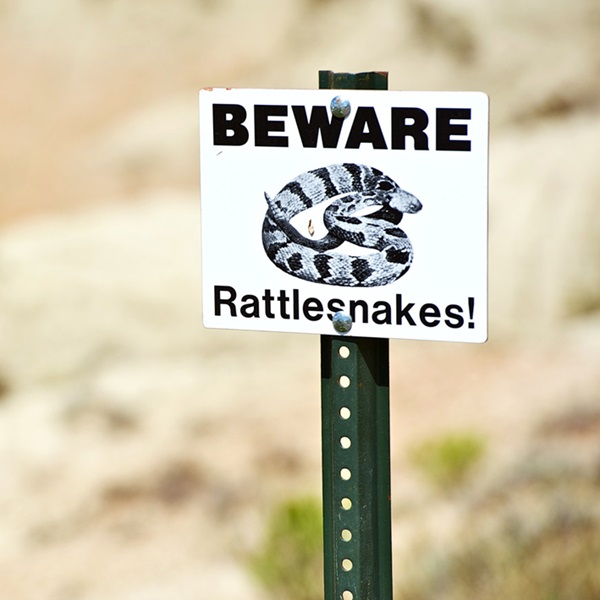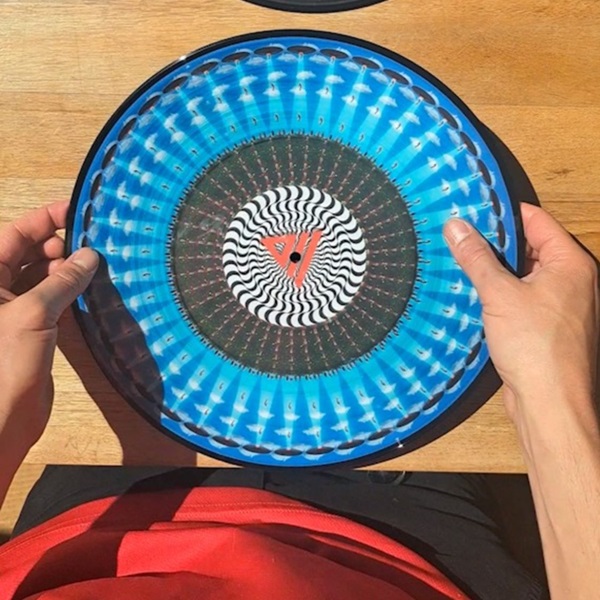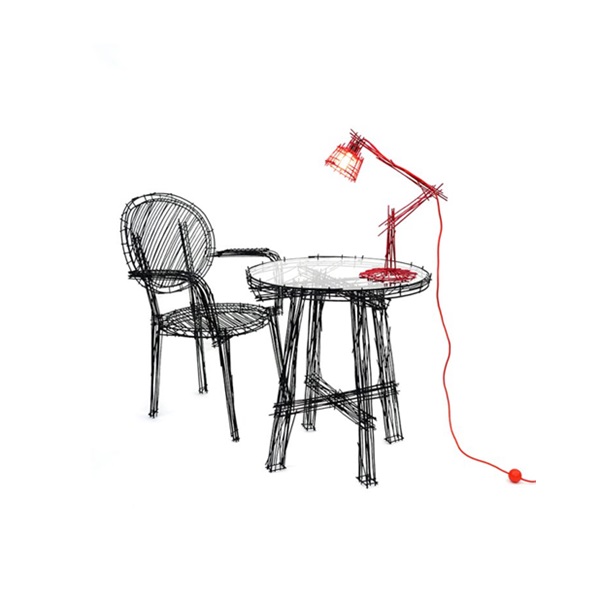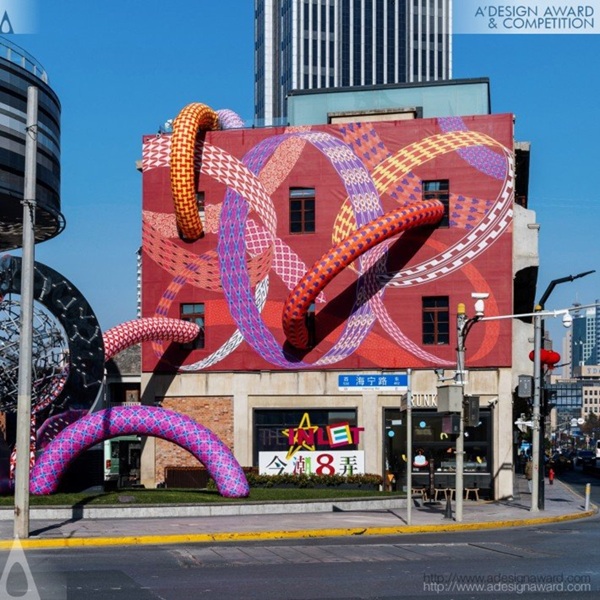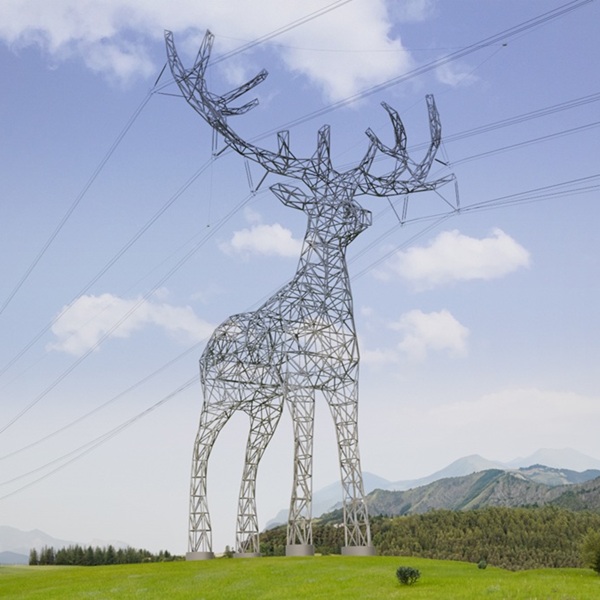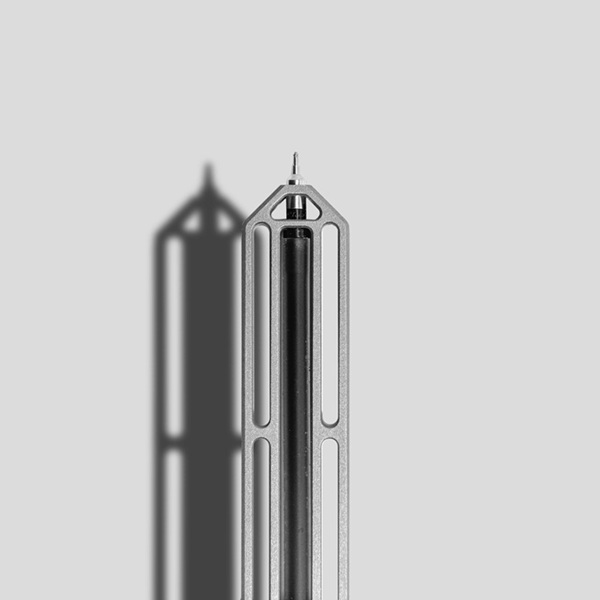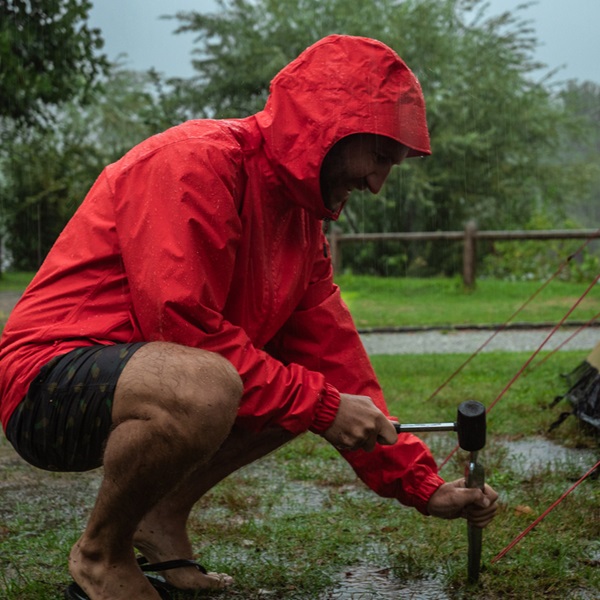
For minimizing environmental impact and preserving nature for future generations, you should practice grey water management while camping. A core principle of leave no trace camping is ensuring that wastewater is disposed of properly to protect wildlife and water sources.
For those who do not know, grey water refers to used water from activities such as washing dishes, bathing, or brushing teeth—containing soap, food particles, and other residues. If you do not handle your grey water waste properly, it can harm ecosystems and contaminate freshwater supplies.
By following sustainable disposable methods, you can reduce pollution and stay eco-friendly. Because understanding grey water management while camping helps maintain clean outdoor spaces.
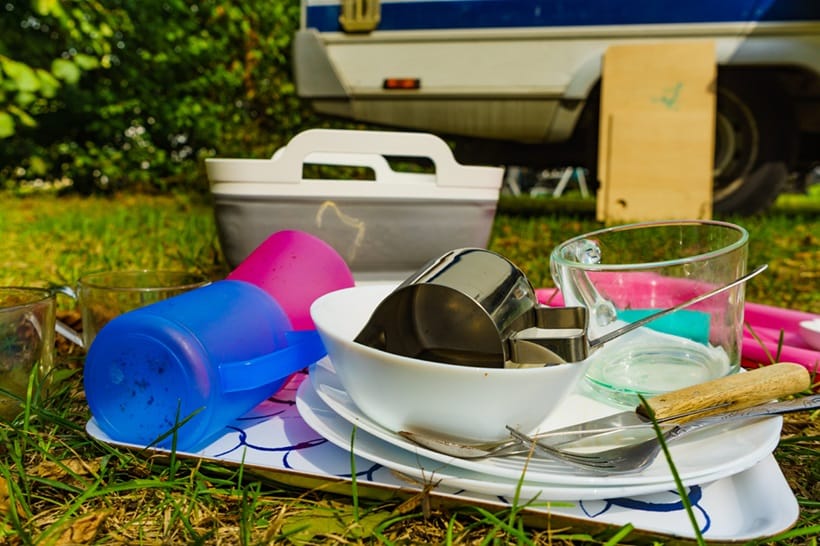
The Importance of Grey Water Management While Camping
When camping, you typically generate three types of wastewater: grey water, black water, and clean water. Grey water comes from washing dishes, personal hygiene, and cleaning; it contains soap residue, food particles, and other organic matter.
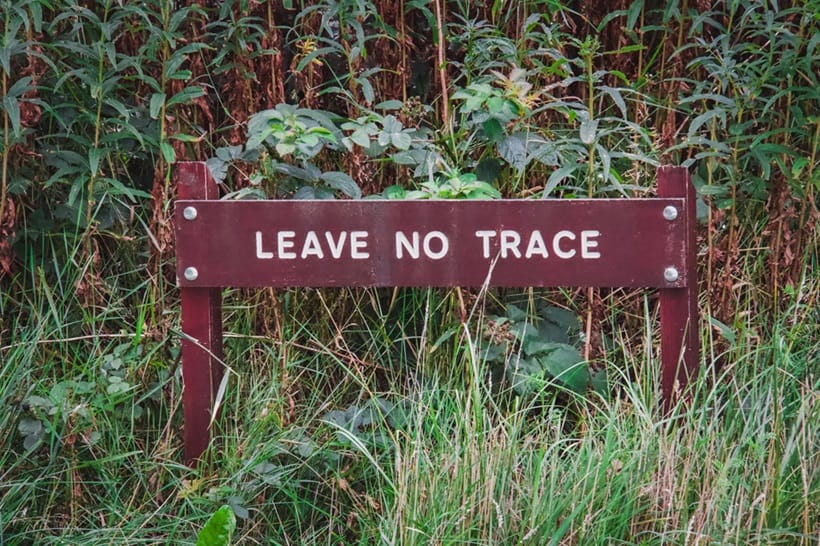
On the other hand, black water refers to sewage from toilets and contains harmful bacteria and pathogens. Lastly, clean water, often called potable water, is clean and safe for drinking. Unlike black water, grey water may seem harmless, but improper disposal can lead to environmental damage, water contamination, and harm to wildlife.
Why does it matter?
· Dumping grey water carelessly can pollute natural water sources, affecting both wildlife and fellow campers.
· Leftover food particles and soap residues in grey water can attract animals, disrupting their natural feeding habits and exposing them to harmful chemicals.
· Excessive grey water can oversaturate soil, leading to erosion, plant damage, and bacterial growth.
· Stagnant grey water can create foul smells, making campsites unhygienic and unpleasant.
· Responsible grey water disposal aligns with Leave No Trace principles, ensuring minimal impact on the environment.
Tips to Keep Grey Water Under Control
Grey water management while camping is crucial for minimizing environmental impact and maintaining a clean, sustainable outdoor experience. Without proper disposal, grey water can attract wildlife, pollute water sources, and create hygiene issues at your campsite.
Fortunately, with a few simple strategies, you can reduce waste, prevent contamination, and follow leave no trace camping principles. Some of the tips for keeping grey water under control while camping can be summarized as follows:
· Choose eco-friendly, biodegradable soaps and detergents to minimize chemical pollution in grey water.
· Conserve water by using a spray bottle for dishwashing, taking quick sponge baths, and reusing water when possible.
· Always use a mesh strainer when washing dishes to catch food scraps and prevent attracting animals or clogging disposal areas.
· If camping in a campground, always use designated grey water disposal stations to prevent contamination.
· When wild camping, spread grey water over a wide area at least 200 feet from water sources to aid natural filtration.
· In backcountry camping, dig a shallow hole to filter grey water naturally through soil and rocks.
· For RV and car camping, store grey water in a sealed camping grey water tank and empty it at appropriate dump stations.
· Remove grease and food residues with a paper towel to reduce the amount of waste in grey water.
· Repeatedly pouring grey water in one area can oversaturate the soil and lead to foul odors or bacterial growth.
· Always check the grey water disposal rules of your campsite or national park to avoid environmental damage and potential fines.
How to Handle Grey Water While Camping?
Properly managing grey water while camping is essential to protect the environment, comply with campground regulations, and ensure a clean and hygienic outdoor experience.
It does not matter whether you are in a tent, RV, or off-grid setup; learning grey water disposal methods will help you minimize your impact on nature.
Without responsible management, grey water can pollute water sources, attract wildlife, and create sanitation issues. Fortunately, there are several practical techniques to handle grey water safely and sustainably.
If you are ready, let us explore the most effective grey water management methods that every camper should know.
Using a Grey Water Collection System
A simple way to manage grey water is by collecting it in a portable container or bucket. This method is ideal for campers who need to transport wastewater to a designated disposal area.
If you are camping in an RV, you can use the built-in camping grey water tank to store wastewater until you can safely empty it at an approved dump station.
Filtering and Scattering Grey Water
When camping in backcountry areas without grey water disposal sites, you can filter and scatter the water responsibly. You can use a fine mesh strainer to remove food particles and debris, disposing of the water. Then, you can scatter small amounts at least 200 feet away from water sources such as rivers and lakes.
Digging a Sump Hole for Absorption
A sump hole, or soak pit, is a small hole (6-8 inches deep) dug in the ground to allow grey water to filter through soil and rocks. To enhance filtration, you should add a layer of gravel or sand at the bottom.
After using the hole, you should cover it with soil to prevent attracting animals.
Using Camping Grey Water Tank
For extended camping trips, a portable grey water tank is a convenient solution. These tanks store wastewater securely and can be emptied at proper disposal stations. Some models even come with wheels for easy transport. This method is particularly useful for campers in RV parks, national parks, or areas with strict waste disposal rules.
Choosing Biodegradable and Eco-Friendly Products
To minimize environmental impact and protect yourself from the chemical, you should always use biodegradable soap, dishwashing liquid, and shampoo. These products break down naturally and reduce the risk of water contamination. Additionally, using minimal soap and avoiding grease-heavy foods can help keep grey water cleaner.
By incorporating these grey water management methods while camping, you can minimize your ecological footprint, maintain a clean campsite, and protect natural ecosystems.

